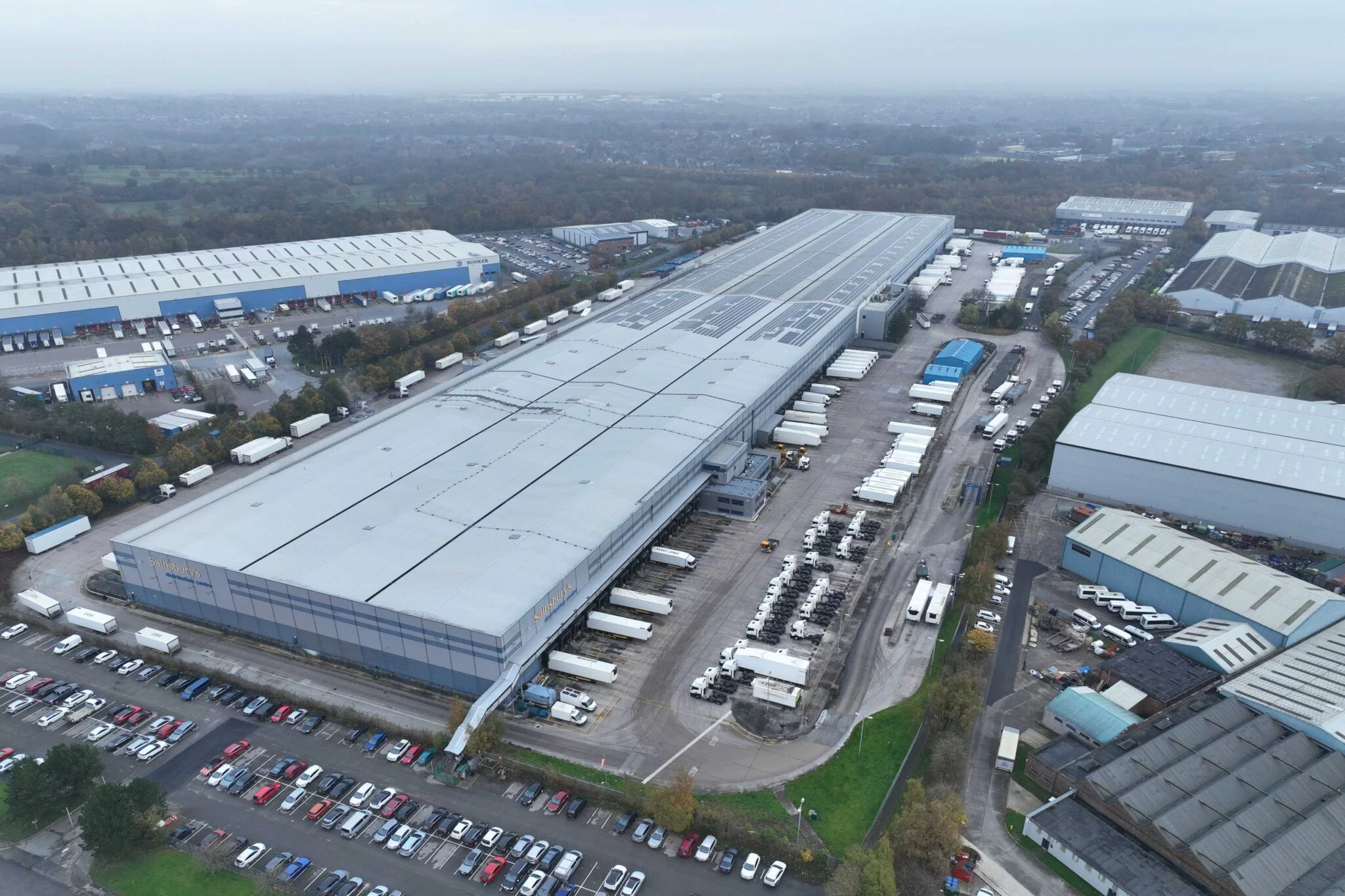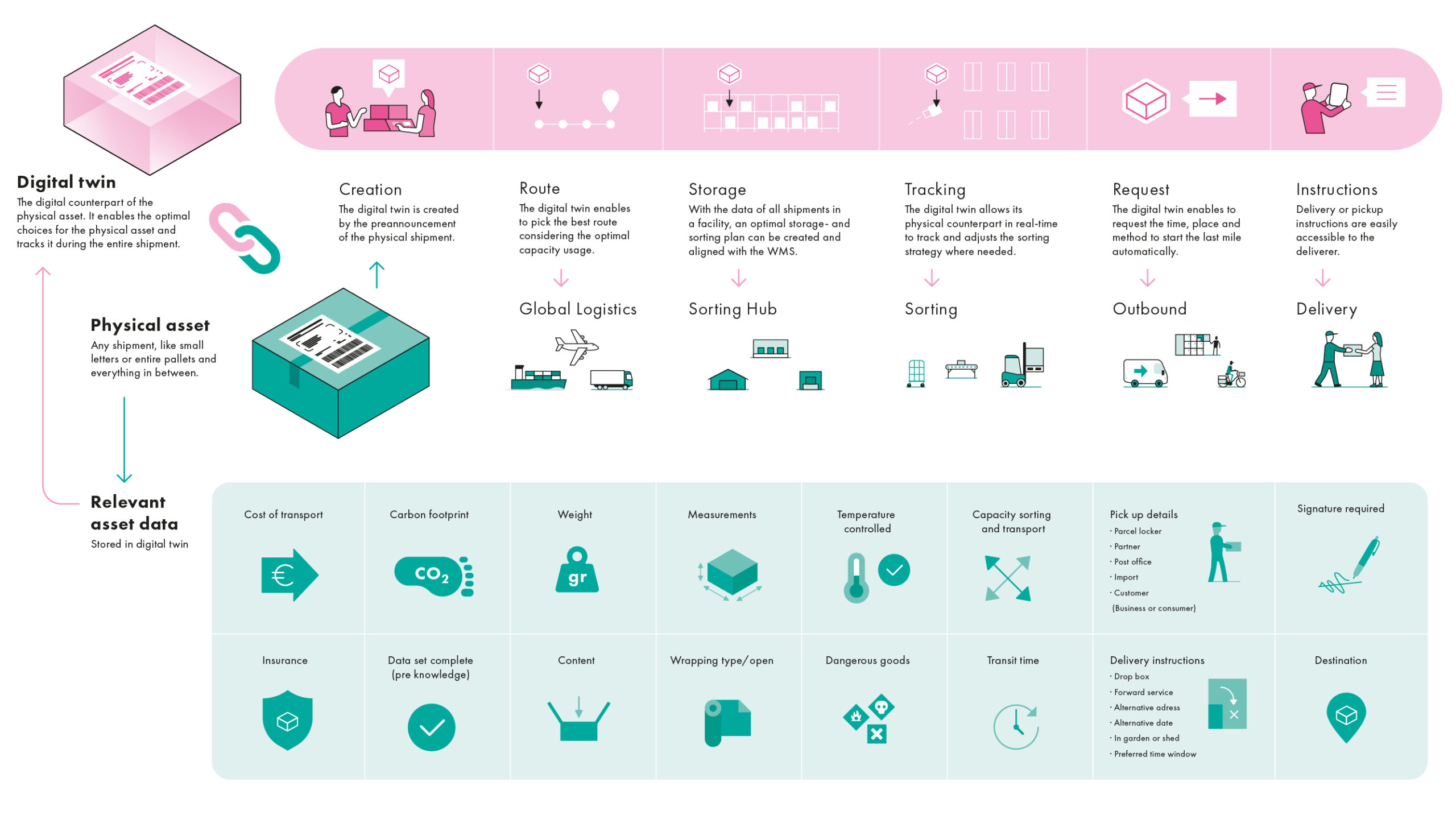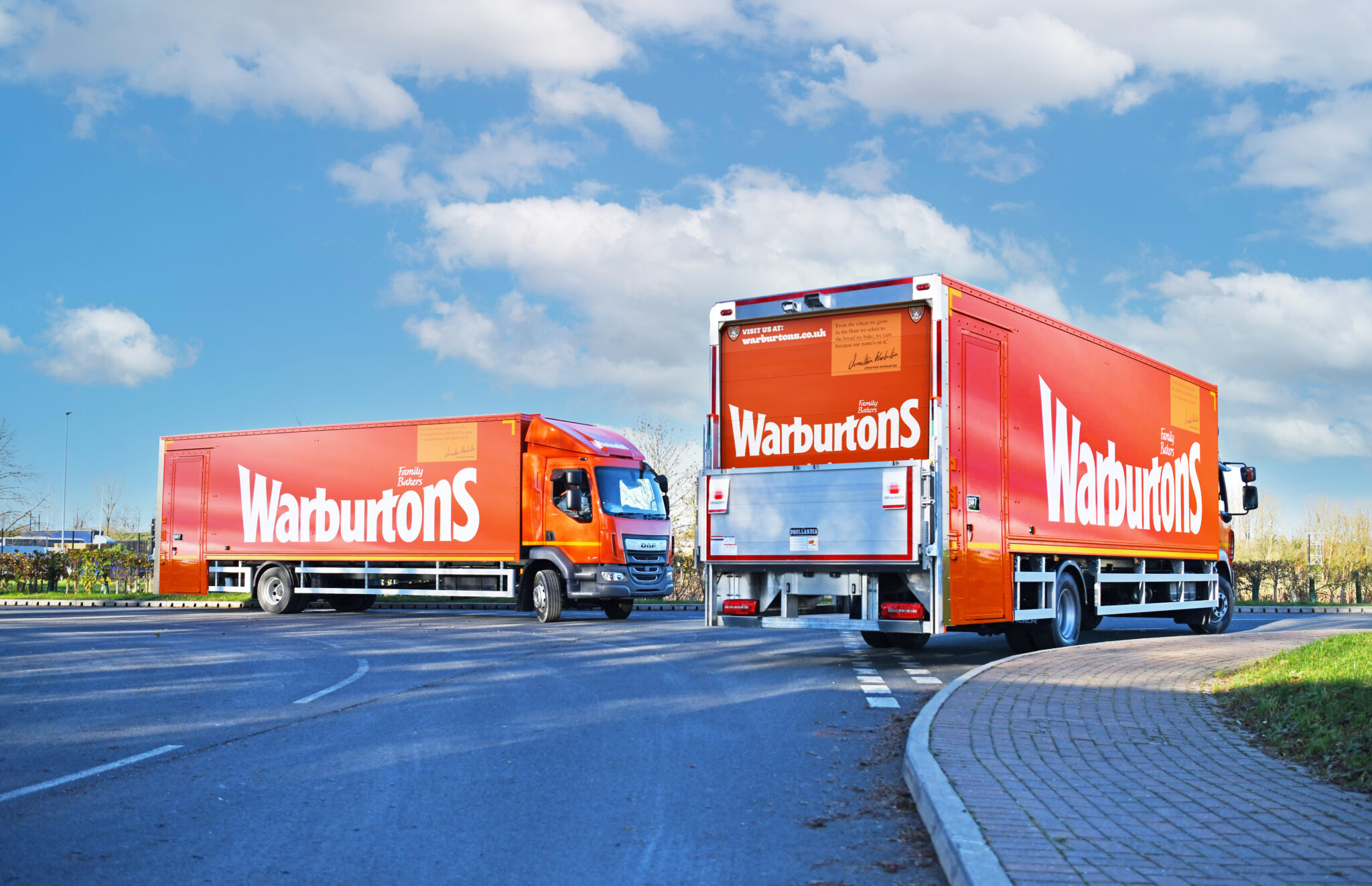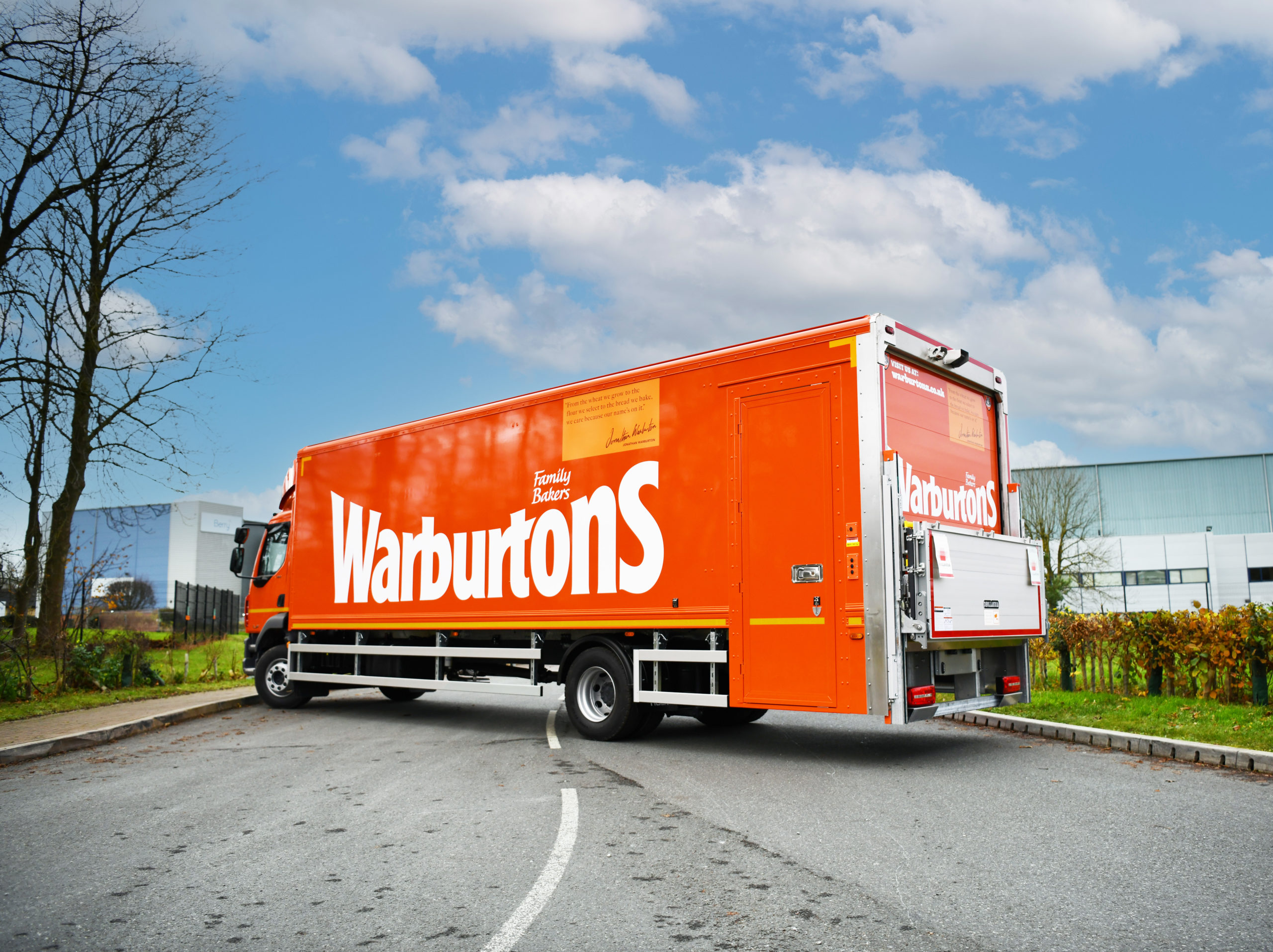The pandemic, followed by a brutal war in Ukraine, has provided a catch-all explanation for rising prices. However, these two crises alone do not explain the persistent market pressures for everyday items such as food, drink, soap, or nappies. The root cause is a broken system of distribution that fails to match demand effectively with supply – with devastating consequences for global food security, writes Justin Floyd (pictured), CEO of open commerce platform, RedCloud Technology.
Why is the pricing of everything continuing to rise? The popular narrative – both within media and economic circles – is that prices are rising because of the Ukrainian war and the disruption caused by Covid, both of which have limited the supply of staple food and FMCG products.
However, food insecurity was climbing long before either crisis hit. It already affects more than 30% of the world’s population, while a staggering three billion people cannot afford to eat healthily.
In reality, the recent supply limitations have laid bare a broader problem. In 2021, almost $2tr of products weren’t available in stores for customers who wanted to buy them. Why? Because it is so difficult to distribute at scale. Even major brands such as Starbucks must rely on a vast network of intermediaries to get coffee from bean growers in Kenya to a cup in London.
Sprawling, over-complex distribution chains
Perhaps the most memorable scene of the 2004 indie movie Layer Cake is when Michael Gambon’s character, Eddie Temple, informs Daniel Craig’s unnamed protagonist that “The art of good business is being a good middleman”. In FMCG distribution today, the art of good business is being hampered by some of the primary intermediaries responsible for connecting supply with demand.
Intermediaries can’t always provide sellers with the right information on who is buying their products and where. In many instances, this type of information gathering tends to rely on paper-based, manual processes. Or, in the case of the major consumer technology platforms, it is guarded with proprietary zeal. Either way, the information that makes it back to suppliers – i.e., FMCG producers, manufacturers, and brands – is typically outdated or inaccurate, leaving all parts of the supply chain floundering, struggling to get the right product to the right local customers at the right time.
Working within these often sprawling systems, brands find themselves hopelessly disconnected from their retailers. They don’t know who buys their product, what else they should sell, or where a product wasn’t in stock and they lost out to a competitor.
In short, they don’t know who is selling their products or understand their needs. Their sales, marketing and distribution decisions are based on guesswork. Consequently, while the local retailers and merchants know their consumers, they can’t access suitable sources of supply to fulfil their needs and have no means to talk to the suppliers directly.
Bad middlemen
Perhaps more worrying, many of these intermediaries engage in monopolistic behaviour that further damages retailer access and consumer choice. Whether it is the global consumer technology platforms like Amazon, or dominant local wholesalers in Kenya and Argentina, if a distributor controls the terms of engagement for suppliers and retailers, it can quickly push up the pricing for consumers while simultaneously putting sellers out of business.
Further, where a large wholesaler has a monopoly, only the largest brands can thrive, as they’re the only suppliers with deep enough pockets to pay the distributors’ heavy commissions. Challenger brands that could bring lower-cost options to market are squeezed out, a real problem when household incomes the world over are under pressure from inflation.
The problem of centralisation
Monopolistic behaviour is a familiar problem wherever power is centralised – even though centralised platforms often start out as benign influences. They do what they can to bring buyers and sellers to the platform. As their network builds, they have greater power over these two groups, who come to rely on them for access to brands on one side, and to consumers on the other. From that point, their relationship with network participants changes.
This market failure represents a significant threat to the food security and quality of life for billions of people worldwide. The poorest nations are hit hardest, but in truth, all nations are vulnerable when goods cannot move effectively from the source of supply to the point of demand.
It is bad news for FMCG brands, a missed opportunity for retailers and, potentially, a disaster for consumers. The system is teetering. Were it to collapse, we could quickly reach a point where basic foodstuffs become unaffordable for large swathes of the world’s population. By 2050 the world will need to feed two billion more people. Unless these market failures are addressed, this pressure may come at an unsustainable cost for the planet.
In pursuit of Open Commerce
The tools exist to fix this problem. In today’s world, building connectivity via digital means is straightforward, providing there is the will to deliver and the infrastructure to support it.
This is where RedCloud comes in. Our platform seeks to connect buyers, sellers, and distributors, while providing transparent market information to all participants, ensuring no single party can develop a stranglehold over any locale or geography, and no one can dictate the price or the terms of engagement. Through RedCloud, brands can finally understand who buys their product and focus their marketing activity accordingly. Retailers can get the right products in stock to meet their local customers’ needs at a fair price. And distributors – the 100,000s of good middlemen out there – can meet the demands of both sides.
Of course, monopolies do not wish to give up their position readily. This is why we intend to bypass them altogether, offering a viable alternative to this damaging centralised infrastructure that prevents people from trading with each other effectively.
The best way to bring security of supply to the world’s poorest nations is to rip out old infrastructure and centralisation, democratising information on supply and demand, opening up logistics and creating a level playing field for competition. The aim is a free-flowing economy – a world of Open Commerce – where retailers and merchants, distributors and manufacturers can trade freely with each other. It is about restoring the art of being a good middleman.











